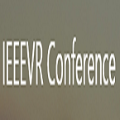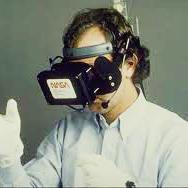As more people meet, interact, and socialize online, Social Virtual Reality (VR) emerges as a promising technology that can bridge the gap between traditional face-to-face and online communication. Compared to traditional screen-based applications, Social VR provides immersive, physical, and three-dimensional social interactions, making it a promising communication tool for enhancing collaborations. Despite the growing interest and research in Social VR, how it has supported collaborations and teamwork has not been explored in depth. To map the existing research in this domain, we conducted a 20-year systematic literature review to characterize how Social VR has been employed for collaboration. After screening 1,123 articles, we identified 51 articles that specifically addressed how Social VR has leveraged collaboration among remote users. Our findings show that Social VR can enhance team collaboration on three key levels: enhancing individual perceptions and experiences within their groups, fostering team dynamics with virtual elements that enable realistic interactions, and employing VR affordances that augment users' spaces. However, the research requires a deeper understanding of how Social VR can support long-term collaboration and trust-building in collaborative settings. This review highlights the current practices, challenges, and future research opportunities within CSCW, offering insights for theorizing the impact of Social VR on team collaboration and for designing new applications that effectively support remote collaborations.
翻译:暂无翻译




